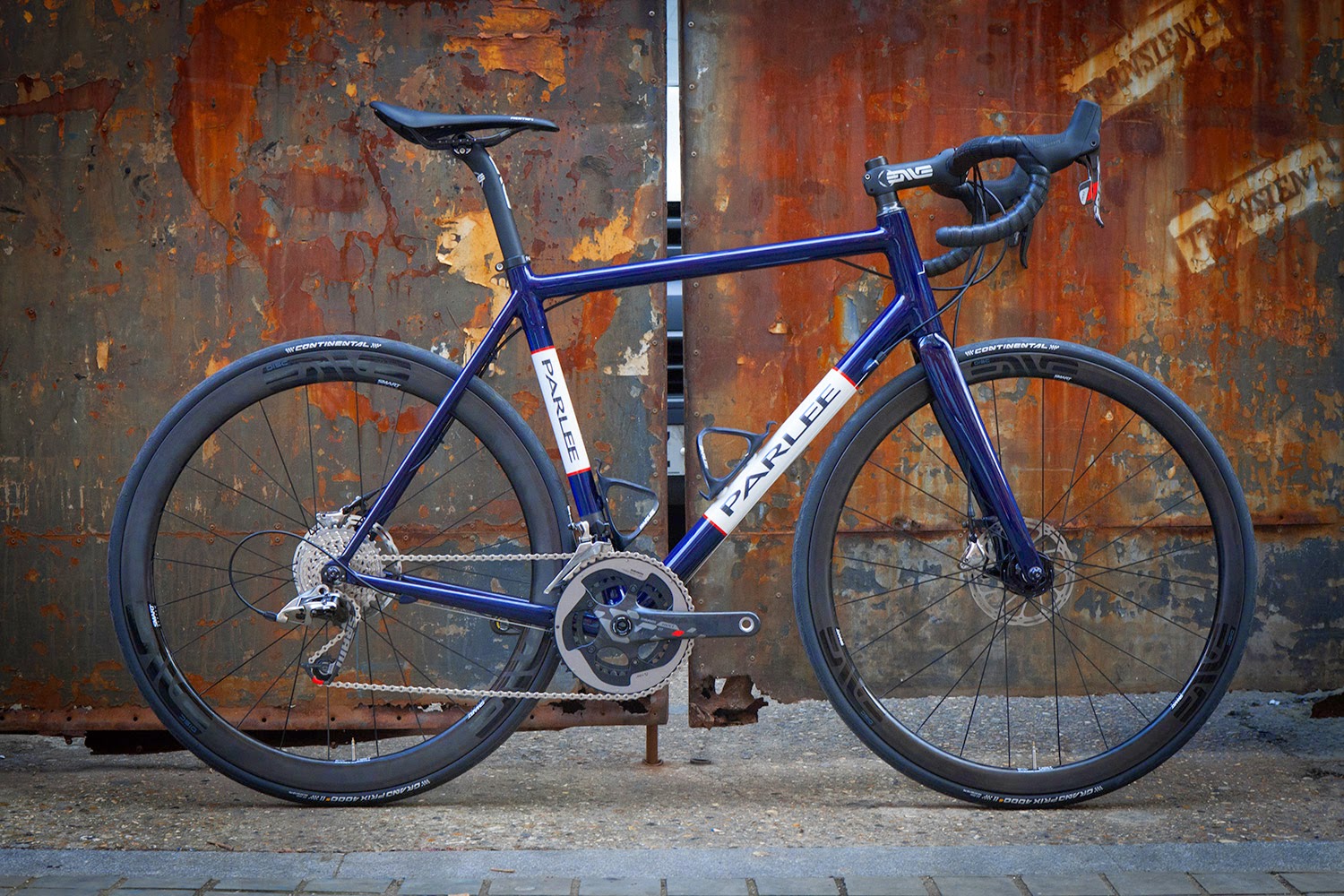With the recent emergence of disc brakes in the road cycling market we have found some customers are not sure of the advantages and can end up feeling confused about the different systems. In this short piece I will look at the different systems and which one you may want to invest in for your bike.
Firstly the difference between a traditional road caliper rim brake and a hydraulic disc brake. In their simplest form they function very differently, with a rim brake using the pulling force of a steel cable to apply the brakes, compared to the pushing force of hydraulic fluid used in disc brakes, much like the systems seen on motor vehicles.
The biggest advantage of disc brakes is modulation, you may have seen this term being bounced around without it being fully explained. Modulation refers to the lever feel, and the way the power is controlled from the lever. Disc brakes give a much lighter, smoother feeling at the lever, which on long descents will lead to far less hand fatigue as you require less force to brake.
Disc brakes allow for consistent braking performance even when the conditions change. With wet weather riding having significant effects on rim brakes as the water and other dirt covers the braking surface and reduces performance. With disc brakes the rotor location and size makes for very consistent braking whatever the weather. This translates to dependable brakes, so when you have to slow rapidly in an emergency you will be able to control the braking and stop in a shorter distance than rim brakes can allow.

A misconception with disc brakes is that they offer more power, and while this is partially true it is not the whole story. Braking power is limited by the grip each tyre can afford. So creating a hugely powerful brake is counter productive as the user will far more easily lock a wheel under braking. Just like a car, the quickest way to stop is to apply as much force as possible without locking the wheels. This is why the better modulation, lever feel and consistency, not raw power make disc brakes faster stoppers.
Also worth mentioning is that taking the braking surface away from the rim itself gives many benefits, as you can break a spoke and not have to worry about the brakes rubbing. Those using high end wheels will not be wearing the rim through braking. Furthermore, disc specific rims are already seeing a drop in weight as excess material can be trimmed from the braking surface.
One commonly cited disadvantage is heat build up, however much testing has showed that road bikes are not hitting dangerous temperatures even on very long, demanding descents. To boil the hydraulic fluid requires temperatures to hit 280 °C, which even on intense steep descents with continual braking is simply not a possibility. Shimano and Sram have both tested their systems on some of the longest descents with weighted riders continually braking and still found they reached a maximum temperature far below the brake's boiling point.

This doesn't mean rim brakes will disappear overnight, far from it as they still have their place on many bikes. Certainly they still lead in the weight department, and are easier to get to grips with technically for the budding home mechanic. However disc brakes are seeing growth throughout the road market. The UCI seems to be heading towards legalising them in the pro peloton and the majority of cyclo cross teams are already only running disc brakes these days. Disc brakes offer more control and ultimately more safety on the bike, but questions over their ease of maintenance, weight, expense and aesthetic will no doubt see both systems running in parallel for the foreseeable future.
Come into store and we'll gladly discuss the best options for your build.
.jpg)
.jpg)

